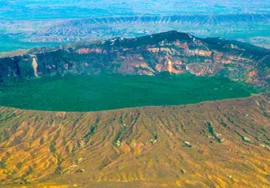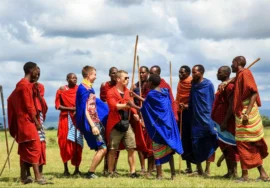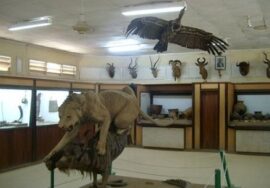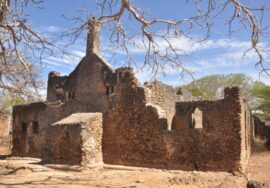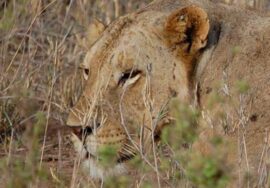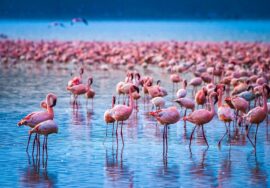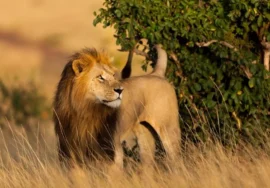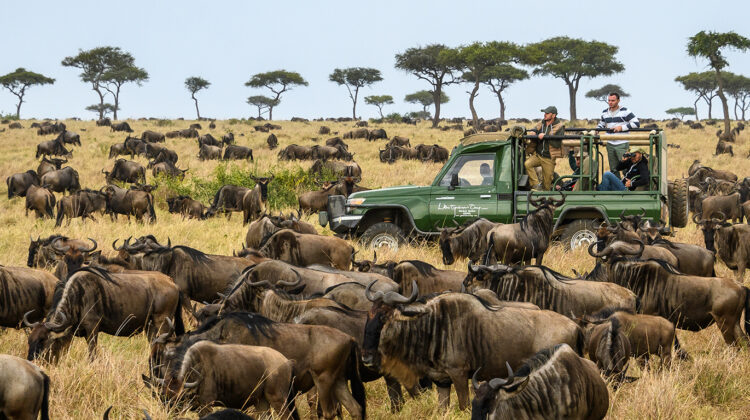
Little Known Migration of the Masai Mara
A lot of animals, like gazelles and zebras, move from Tanzania in the south to Kenya in the north every year in search of greener grounds. This includes about 1.3 million wildebeest. This is the well-known Great Migration. A less well-known movement of Loita wildebeests also happens every year.
This is the Little Migration or Loita Hills Migration.
The Loita fields and the Loita Hills are just north of the Masai Mara. The Kenyan wildebeest, gazelles, and zebras that live in the southern Great Rift Valley use these savannah and rural grazing grounds as an important place to eat when it rains. During dry times, though, they start to move south into the Masai Mara.
When the grass dries up in May, about 250,000 wildebeest and zebras that live in the Masai Mara start to move around in search of food from the Loita Hills to the northeast of the park.
In July, they meet up with the Great Migration, a bigger group of people moving from the south. It gets very busy on the Mara Plains as wildebeest play and fight over the lush grass.
By October, when the grass isn’t as tall, the main movement starts to head south again, this time to the Serengeti, where it rains. People who live in Loita Hill usually stay in the Masai Mara area. They only go back to the Loita hills when it starts to rain there in March.
The Masai Mara area is a great place to see wildlife any time of the year. In July and October, millions of wildebeest try to cross the Mara River quickly in search of green grass. These animals don’t cross any rivers on their way, but it is still amazing to see thousands of wildebeest and the animals that hunt them.
May or June is one of the best times of the year to go on safari in the Masai Mara. Long rains have made the grass green, so it’s “out of season.” This means the rates are lower, it’s less busy, and there are lots of animals.
Animals and people fighting
In and around the Loita region, areas have become more settled over the past few years. Farmers have put up walls and started farming by growing wheat. Animals that live on the Loita fields can’t get to some parts of the fields because of this. Because of this, wildebeest and other animals that live in the Masai Mara area are coming in earlier and staying longer.
This is also affecting the herds that are moving from the Serengeti because it is making the grasslands in the Masai Mara less for grazing longer because of more people using them.
During years with good rain, the problem isn’t as bad, but during years with bad rain, things may get worse.


